Satellites Source







Satellites source
More Posts from Jmsconn and Others
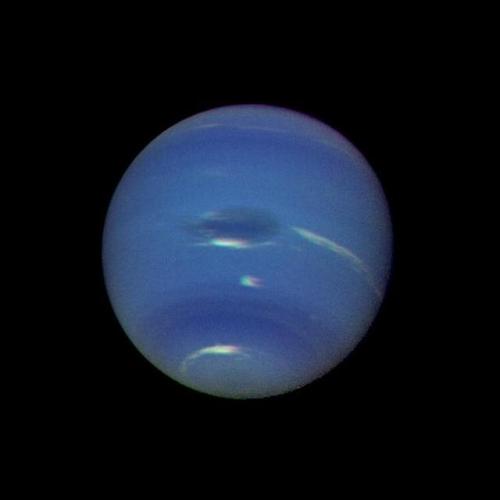
Neptune ♡
This color image, produced from a distance of about 16 million kilometers, shows several complex and puzzling atmospheric features. Credit: NASA/JPL
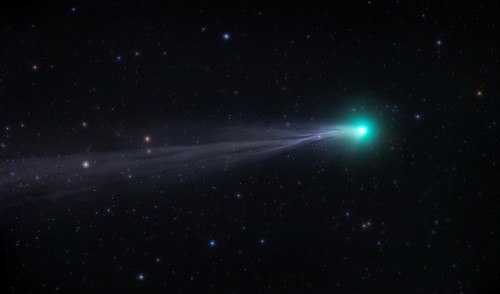
Comet Lovejoy (C/2014 Q2) by: Troy Casswell










Solar System

Shuttle Launch As Seen From Space

2019 October 17
Moons of Saturn Image Credit: Cassini Imaging Team, SSI, JPL, NASA
Explanation: On July 29, 2011 the Cassini spacecraft’s narrow-angle camera took this snapshot and captured 5 of Saturn’s moons, from just above the ringplane. Left to right are small moons Janus and Pandora respectively 179 and 81 kilometers across, shiny 504 kilometer diameter Enceladus, and Mimas, 396 kilometers across, seen just next to Rhea. Cut off by the right edge of the frame, Rhea is Saturn’s second largest moon at 1,528 kilometers across. So how many moons does Saturn have? Twenty new found outer satellites bring its total to 82 known moons, and since Jupiter’s moon total stands at 79, Saturn is the Solar System’s new moon king. The newly announced Saturnian satellites are all very small, 5 kilometers or so in diameter, and most are in retrograde orbits inclined to Saturn’s ringplane. You can help name Saturn’s new moons, but you should understand the rules. Hint: A knowledge of Norse, Inuit, and Gallic mythology will help.
∞ Source: apod.nasa.gov/apod/ap191017.html



Titan, Enceladus, Tethys, Pandora, & Epimetheus. October, 2007.
NASA/JPL-Caltech/SSI/CICLOPS/Kevin M. Gill
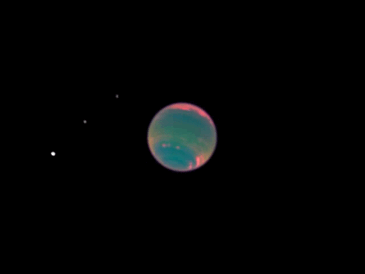
Neptune and its moons (Proteus, Larissa, Despina and Galatea)
Credit: NASA / Hubble (infrared)

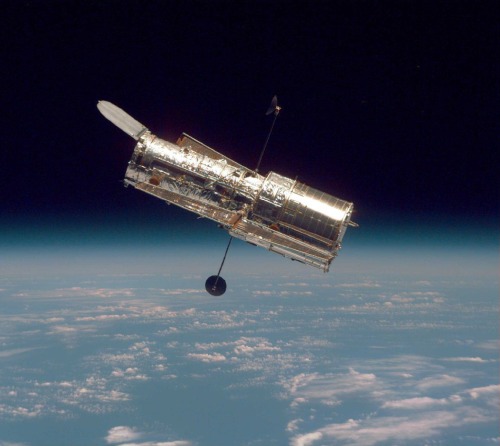
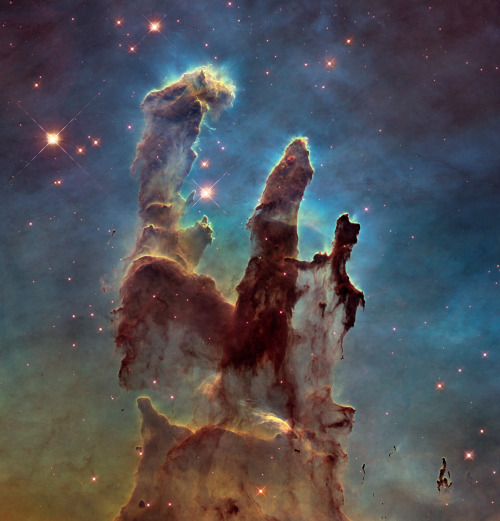
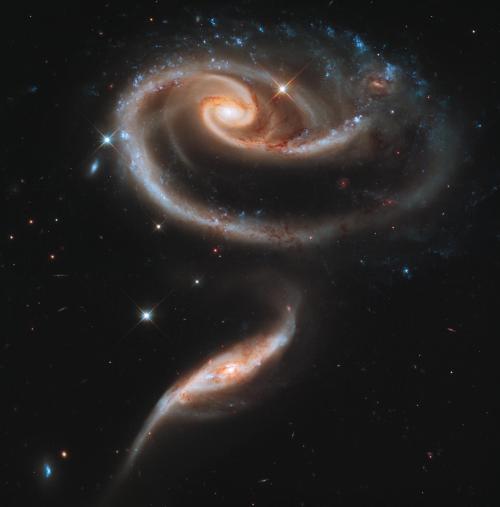
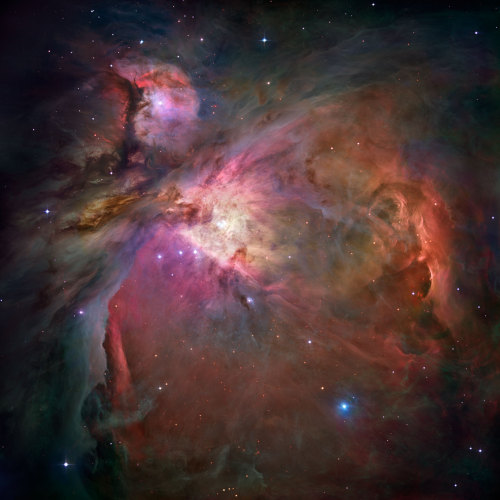
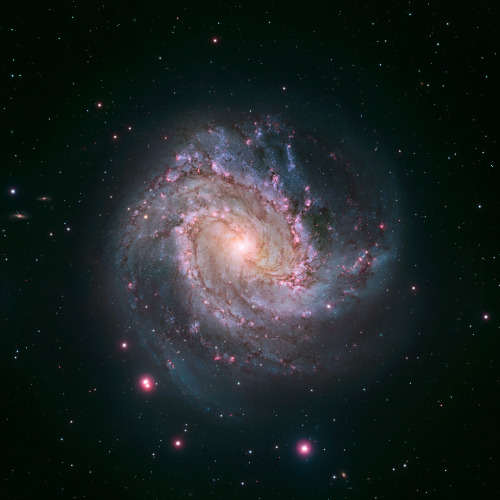
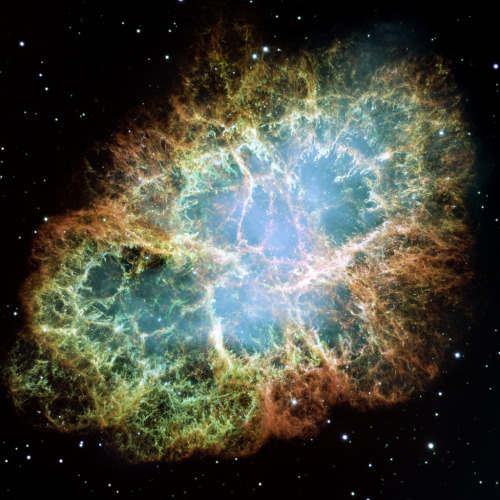
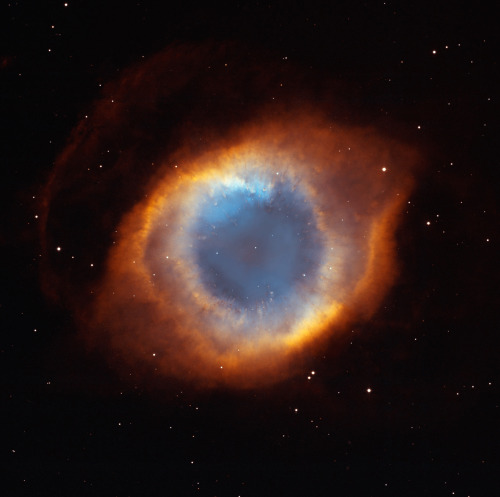
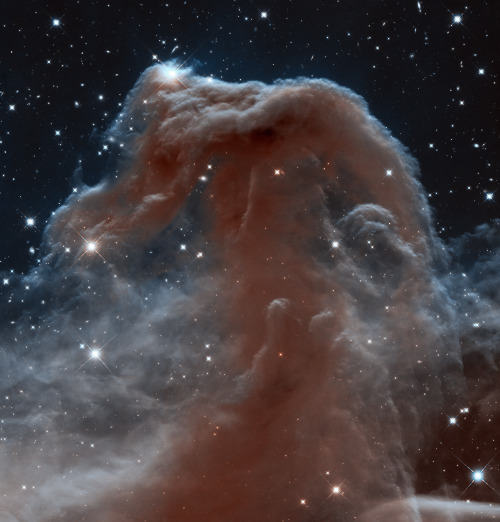

Happy Birthday, Hubble!
The Hubble Space Telescope (HST) is a space telescope that was launched into low Earth orbit in 1990 and remains in operation. Although not the first space telescope, Hubble is one of the largest and most versatile, and is well known as both a vital research tool and a public relations boon for astronomy. The HST is named after the astronomer Edwin Hubble, and is one of NASA’s Great Observatories, along with the Compton Gamma Ray Observatory, the Chandra X-ray Observatory, and the Spitzer Space Telescope.
With a 2.4-meter (7.9 ft) mirror, Hubble’s four main instruments observe in the near ultraviolet, visible, and near infraredspectra. Hubble’s orbit outside the distortion of Earth’s atmosphere allows it to take extremely high-resolution images, with substantially lower background light than ground-based telescopes. Hubble has recorded some of the most detailed visible light images ever, allowing a deep view into space and time. Many Hubble observations have led to breakthroughs in astrophysics, such as accurately determining the rate of expansion of the universe.
sourcet: Wikipedia & Overview
Image credit: NASA/ESA & Hubble

The total solar eclipse of 02 July 2019 from La Serena, Chile.
Credit: Gwenael Blanck
-
 dayfairies2 reblogged this · 1 year ago
dayfairies2 reblogged this · 1 year ago -
 the0quester liked this · 1 year ago
the0quester liked this · 1 year ago -
 aleko313 liked this · 2 years ago
aleko313 liked this · 2 years ago -
 ladiespet liked this · 3 years ago
ladiespet liked this · 3 years ago -
 im-ace-and-this-fucks reblogged this · 3 years ago
im-ace-and-this-fucks reblogged this · 3 years ago -
 racingrocket2 liked this · 3 years ago
racingrocket2 liked this · 3 years ago -
 k-chan reblogged this · 3 years ago
k-chan reblogged this · 3 years ago -
 toothpastefodder reblogged this · 4 years ago
toothpastefodder reblogged this · 4 years ago -
 wickerbotter liked this · 4 years ago
wickerbotter liked this · 4 years ago -
 vanwssa liked this · 5 years ago
vanwssa liked this · 5 years ago -
 inlovewithloveandhopingitsreal reblogged this · 5 years ago
inlovewithloveandhopingitsreal reblogged this · 5 years ago -
 datmerrywanderertho reblogged this · 5 years ago
datmerrywanderertho reblogged this · 5 years ago -
 lark1537 liked this · 5 years ago
lark1537 liked this · 5 years ago -
 lupuslignum reblogged this · 5 years ago
lupuslignum reblogged this · 5 years ago -
 lupuslignum liked this · 5 years ago
lupuslignum liked this · 5 years ago -
 atlien4life liked this · 5 years ago
atlien4life liked this · 5 years ago -
 chryso-poeia liked this · 5 years ago
chryso-poeia liked this · 5 years ago -
 13jaguar reblogged this · 5 years ago
13jaguar reblogged this · 5 years ago -
 13jaguar liked this · 5 years ago
13jaguar liked this · 5 years ago -
 spookysugarlove liked this · 5 years ago
spookysugarlove liked this · 5 years ago -
 hwaaa reblogged this · 5 years ago
hwaaa reblogged this · 5 years ago -
 mothmania97 liked this · 5 years ago
mothmania97 liked this · 5 years ago -
 sumomoblossom77 reblogged this · 5 years ago
sumomoblossom77 reblogged this · 5 years ago -
 loborundas liked this · 5 years ago
loborundas liked this · 5 years ago -
 star-wonder liked this · 5 years ago
star-wonder liked this · 5 years ago -
 singeroftalesvoiceofages reblogged this · 5 years ago
singeroftalesvoiceofages reblogged this · 5 years ago -
 allthethingsiforgot reblogged this · 5 years ago
allthethingsiforgot reblogged this · 5 years ago -
 brijko liked this · 5 years ago
brijko liked this · 5 years ago -
 hope-2san reblogged this · 5 years ago
hope-2san reblogged this · 5 years ago -
 gundam007love liked this · 5 years ago
gundam007love liked this · 5 years ago -
 loool801218 reblogged this · 5 years ago
loool801218 reblogged this · 5 years ago -
 ayamebird liked this · 5 years ago
ayamebird liked this · 5 years ago -
 dolby-5 reblogged this · 5 years ago
dolby-5 reblogged this · 5 years ago -
 seafoamweaver reblogged this · 5 years ago
seafoamweaver reblogged this · 5 years ago -
 distantbleating reblogged this · 5 years ago
distantbleating reblogged this · 5 years ago -
 maikanto reblogged this · 5 years ago
maikanto reblogged this · 5 years ago -
 maikanto liked this · 5 years ago
maikanto liked this · 5 years ago -
 citadel-of-paper-birds reblogged this · 5 years ago
citadel-of-paper-birds reblogged this · 5 years ago -
 alexrgarc17 liked this · 5 years ago
alexrgarc17 liked this · 5 years ago -
 agreatperhaps12 reblogged this · 5 years ago
agreatperhaps12 reblogged this · 5 years ago -
 brownbunniii reblogged this · 5 years ago
brownbunniii reblogged this · 5 years ago -
 thecar0uselneverst0ps reblogged this · 5 years ago
thecar0uselneverst0ps reblogged this · 5 years ago -
 raethechemist reblogged this · 5 years ago
raethechemist reblogged this · 5 years ago -
 hauntednorth reblogged this · 5 years ago
hauntednorth reblogged this · 5 years ago
